We ensure that the carbon sequestered from our trees is not counted more than once. Each tree is planted directly due to an action by a user or business partner.
Our tree planting sites are protected by local government and community contracts. By doing so, land is safeguarded from being bought or used for a different purpose.
With 150+ species planted across our global sites, we pride ourselves on transparency via the online open source platform Restor.eco.
Forests are vital for all living organisms. And yet, we are seeing climate change accelerate at a rate beyond what we can sustain.
Coastal communities have been particularly affected. Madagascar, for example, has experienced drought that has lasted over 4 years which has heavily affected the local community and their smallholder farms.
The solution is to restore vital ecosystems as soon as possible.
We are recording our sites in the open source platform restor.eco. Developed by Crowther Lab, ETH Zurich and Google in a combined effort to make reforestation accessible to all, Restor makes our sites publicly visible to anyone!
We look at our sites through satellite images over time and analyse the land-use composition in a research-backed way.
Using allometric equations, onsite data & academic sources, we aim to precisely calculate how much carbon will be stored in our forests during their lifetime.
With Treeapp, you can track your carbon footprint as well as how many trees you need to plant to be carbon neutral.
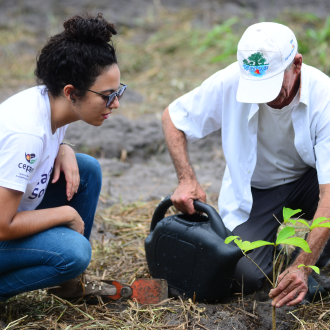
Planting trees isn’t an easy thing. And growing tree nurseries requires care & knowledge.
That’s why we gathered a board of experts in forestry to support our ongoing planting activities.

PhD candidate in Ecology at Bangor University
Daniel works on Treeapp’s carbon offsetting whilst working on carbon dynamics at Bangor University.
With a strong focus on tropical forests, Daniel advises us on the best methods to plant trees across our sites.

Restoration and Forestry Specialist
Samantha works on Treeapp’s community planting models, whilst working for a tree-planting NGO on site in Madagascar.
Through her hands-on work, Samantha understands local tree-planting practices and suggests new ways of working for Treeapp.

Yale - International Development Specialist
Jenna provides Treeapp with a holistic approach to tree-planting, having worked in food security, agroforestry and land stewardship.
As a researcher, Jenna supports Treeapp on the most up-to-date models around tree-planting and its practices.

Restoration and Forestry Expert
David provides Treeapp with a holistic approach to tree-planting, having worked as a forest ecologist and advisor on a variety of projects across the globe.
With the knowledge of many forestry organisations and institutions, David is able to tailor his experience to provide fitting solutions for Treeapp.

Agroforestry Expert
Subira is an expert in agroforestry, working on projects across Congo. His understanding of the community benefits attained through planting fruit and nut trees is applied to Treeapp’s sites.
He has also focused on livelihood surveys including household coping strategies in rural areas and how reforestation can help yield better results.
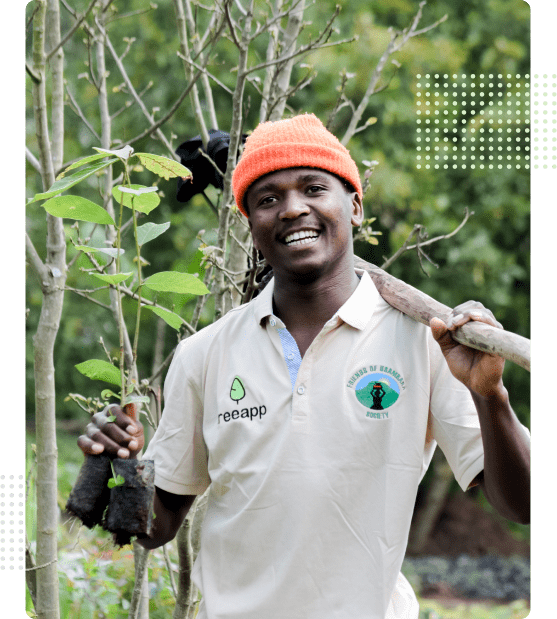

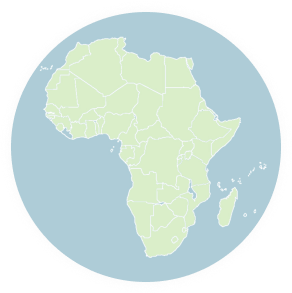

Combating Climate Change

Taking action against desertification

Restoring forest cover density

Rehabilitating species-rich lowland forests

Restoring degraded coastal areas

Reforestation efforts to preserve wildlife

Providing landslide protection
Peru, located on the west coast of South America, has lost over 2 million hectares of forest since the early 2000s.
60% of the country is covered by the Amazon rainforest which continues to be exploited by large-scale logging operations.
It is essential to regenerate these degraded woodlands in order to assist the recovery of the ecosystem. Treeapp planting activities in the north-east of the country empower farmers to take care of both forests and farms in a sustainable manner.
Check out our site!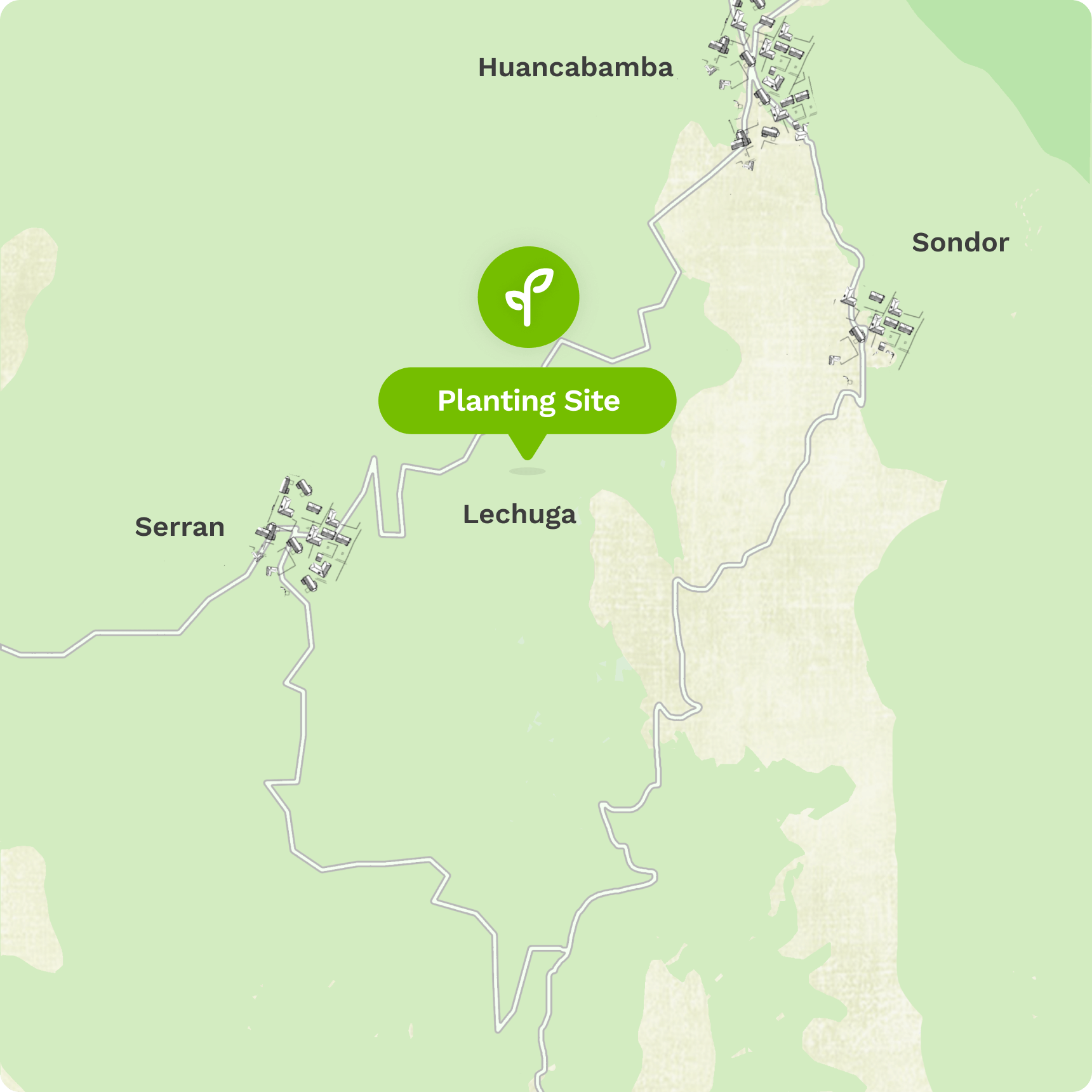
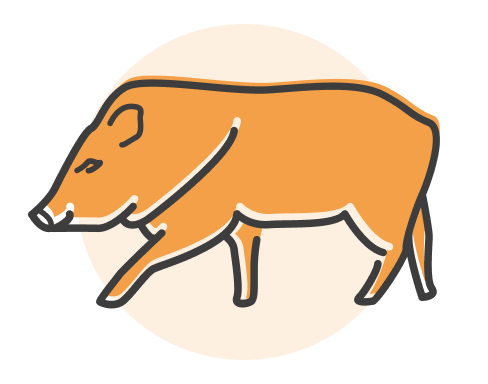 Collared Peccary
Collared Peccary
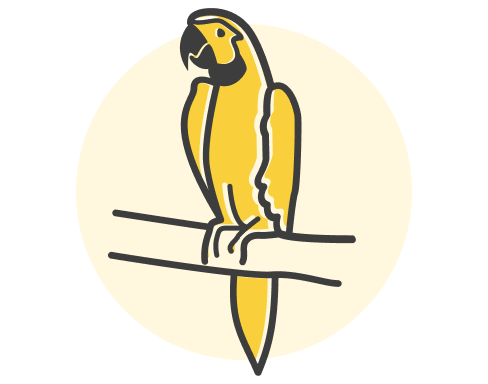 Parrot
Parrot
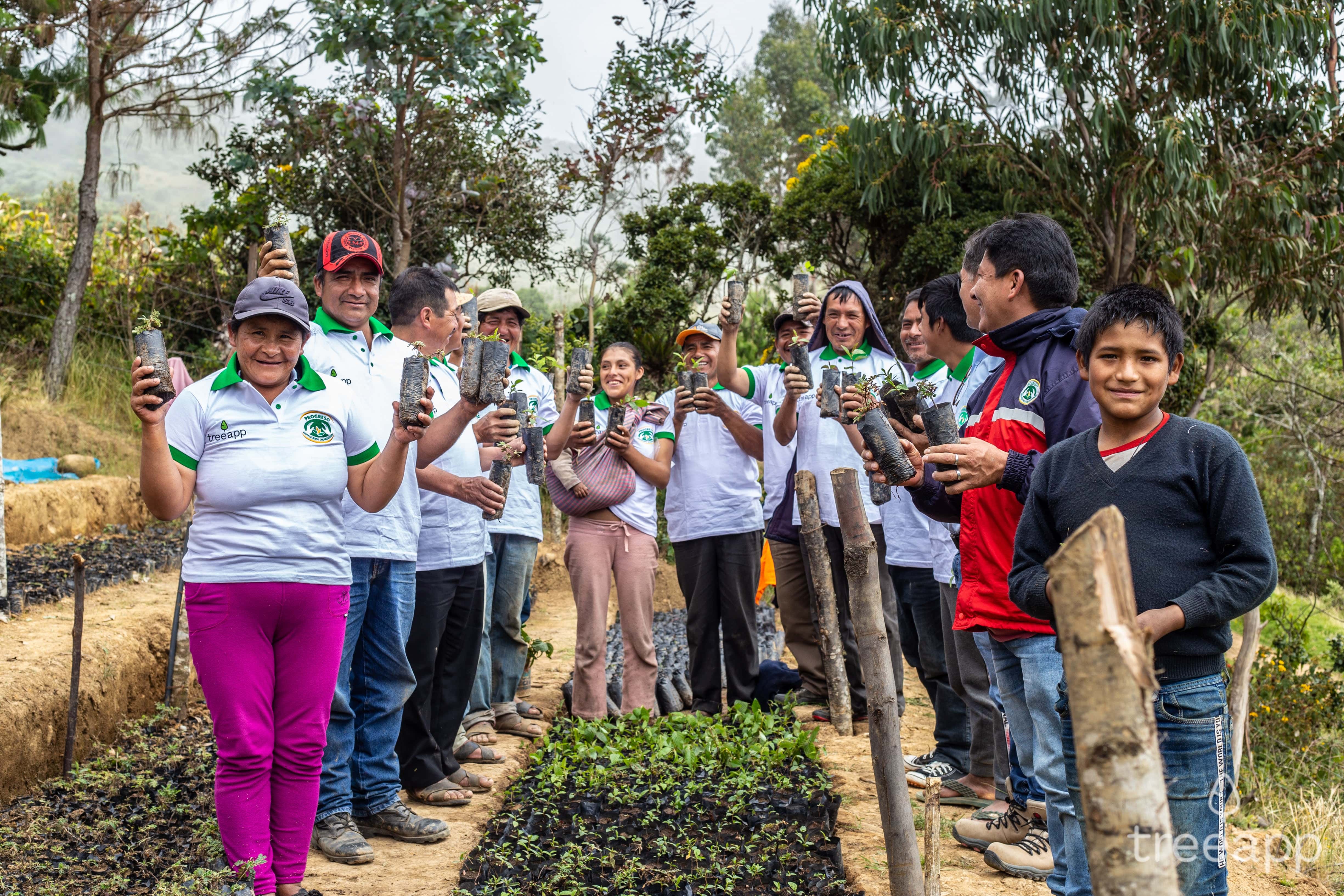
Haiti is the third largest country of the Caribbean islands and remains one of the most degraded countries on earth. With 98% of Haiti’s forests already gone, the UN estimates that 30% of the nation’s remaining trees are being destroyed each year.
In response to these environmental challenges, there has been a notable shift towards the preservation and restoration of critical areas such as mangroves. Innovative practices like agroforestry and sustainable fishing are also being adopted, offering sustainable economic alternatives for local communities while contributing to environmental conservation. This multifaceted approach is vital in ensuring both the ecological and economic well-being of the region.
Check out our site!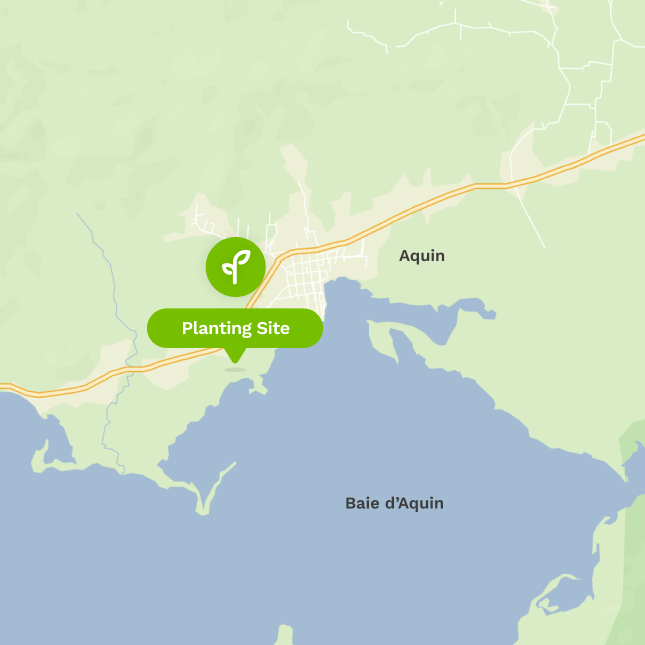
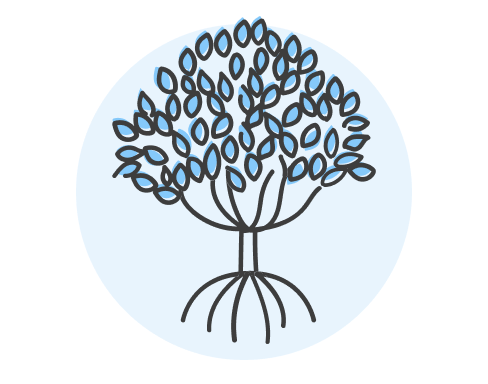 Mangrove
Mangrove
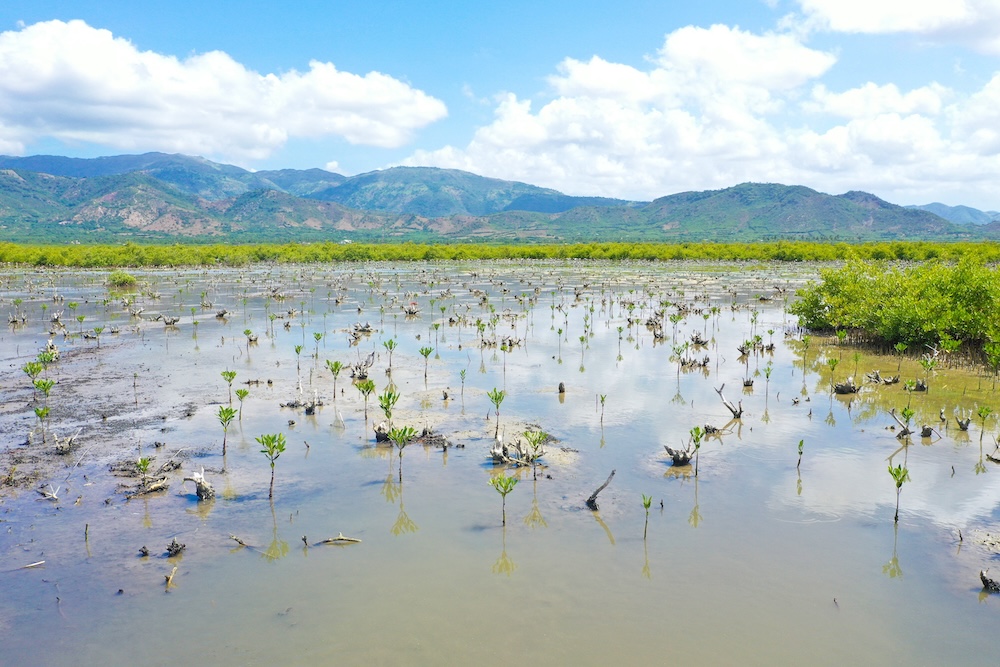
Brazil, South America’s largest country, is home to the Amazonian rainforest which hosts unparalleled biodiversity.
However, continued logging operations as well as the frequent wildfires during the last decade have damaged the fragile ecosystem.
Sustainable planting efforts of large-scale woodlands and shrubbery remain a key objective for Treeapp in order to restore key water springs and basins. Local communities as well as wildlife rely on these forests for their water supply and livelihood creation.
Check out our site!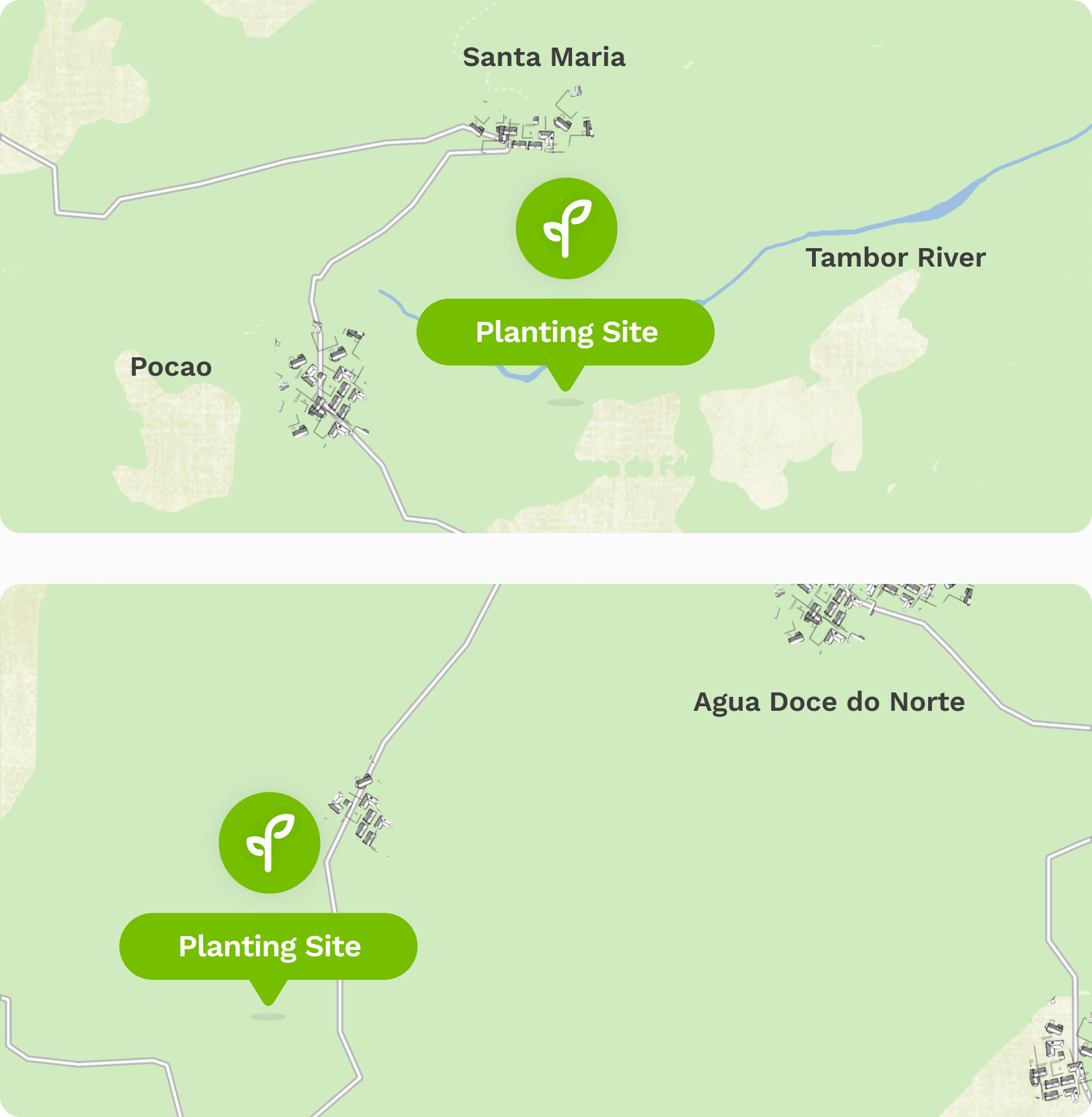
 Abrus Precatorius
Abrus Precatorius
 Citrus Aurantium
Citrus Aurantium
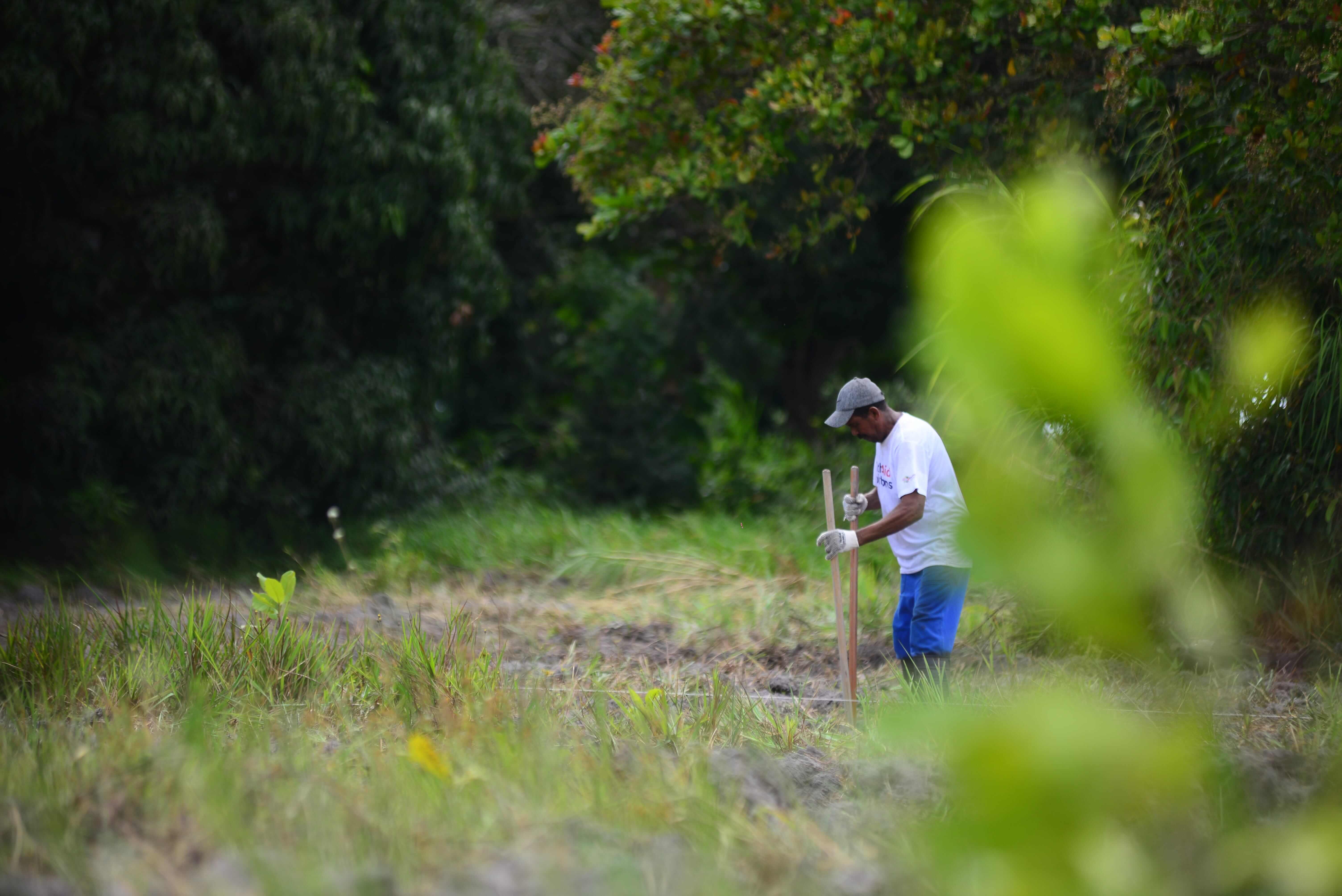
We are thrilled to support local communities in their endeavors to preserve local species and biodiversity in Ecuador.
Our local partners primarily focus on the conservation of birds, their habitats, and the country’s biodiversity, all for the benefit of the people with their active participation. The team conducts ongoing research on birds and other associated flora and fauna, supporting critical conservation efforts in key biodiversity areas, including the provinces of Pichincha, Imbabura, Carchi, Guayas, Manabí, El Oro, and Santa Elena.
Check out our site!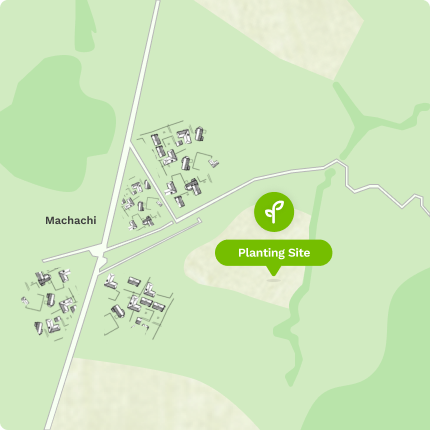
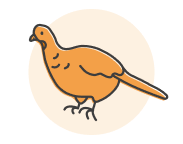 Andean Guan
Andean Guan
 Marsupial Frog
Marsupial Frog
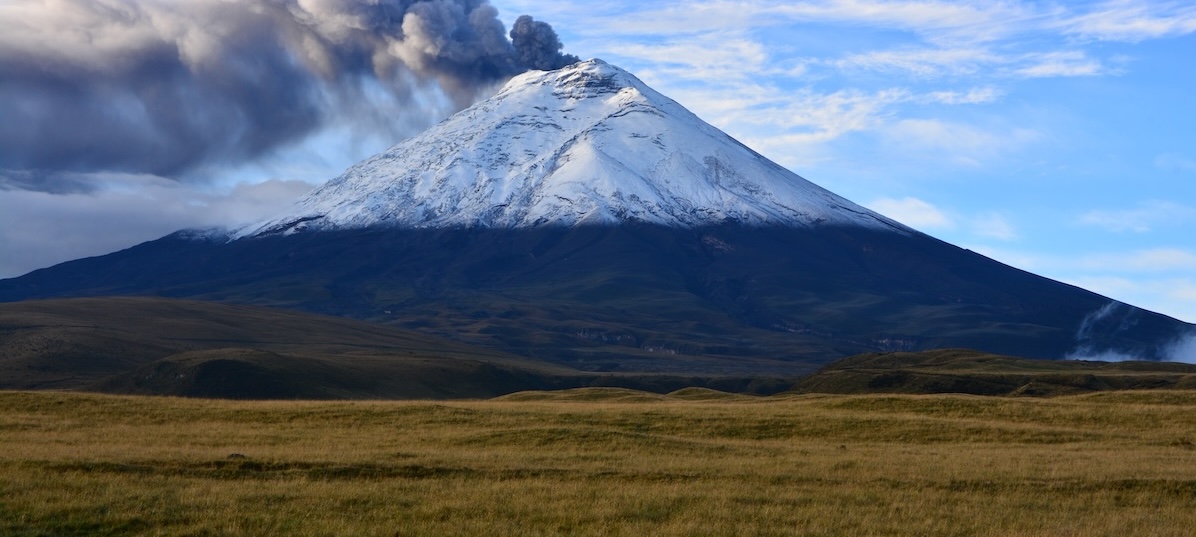
Guinea, bordering the Atlantic Ocean in East Africa, is experiencing growing population pressure and swelling suburbs.
As a result, unsustainable logging operations have made the Upper Guinean forest one of the most threatened forest systems in the world.
Mangrove swamps along coastlines are equally endangered as locals cut down trees for firewood and construction purposes. Treeapp repopulates these mangrove forests and provides a means of subsistence farming for locals.
Check out our site!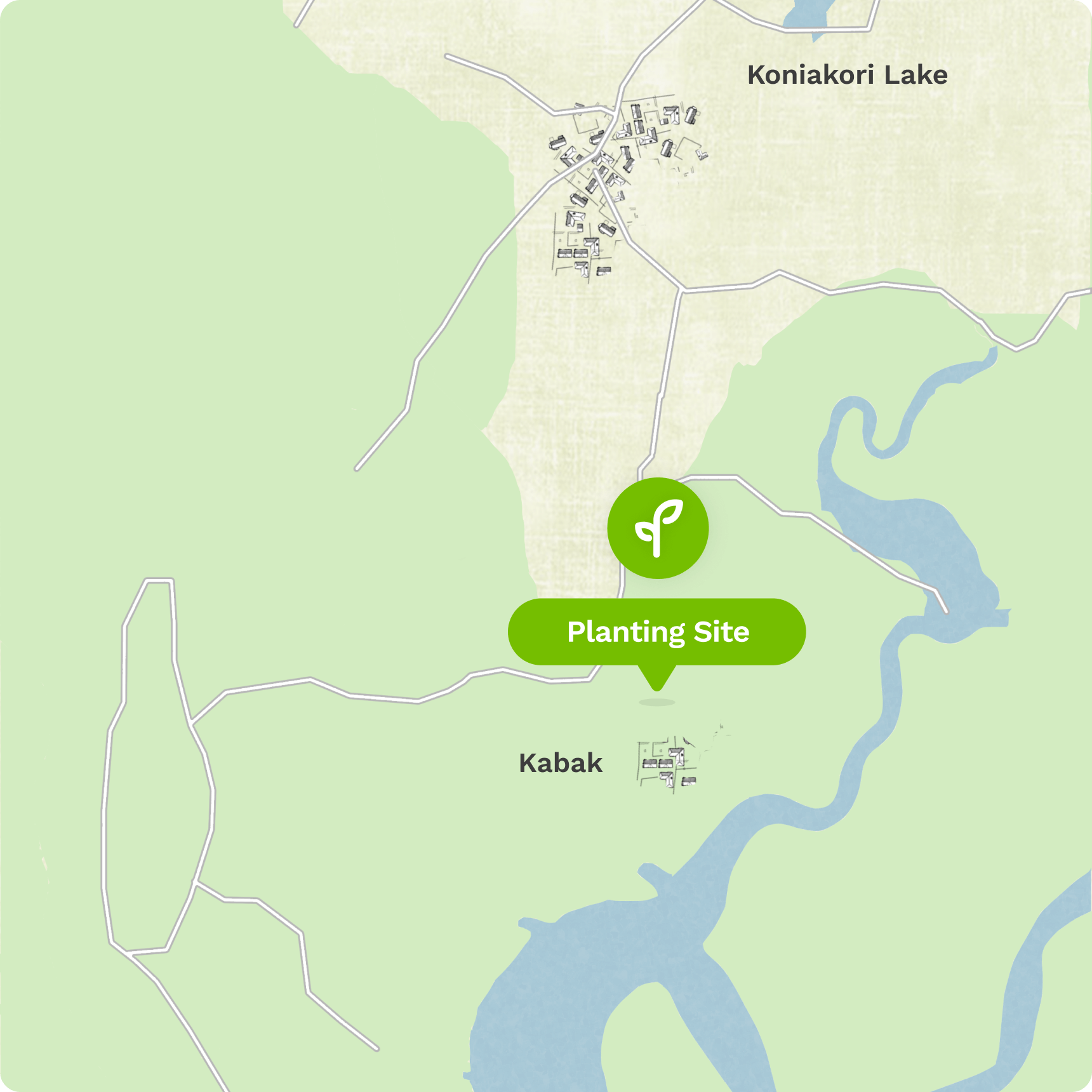
 Mangrove
Mangrove
 Mango Tree
Mango Tree
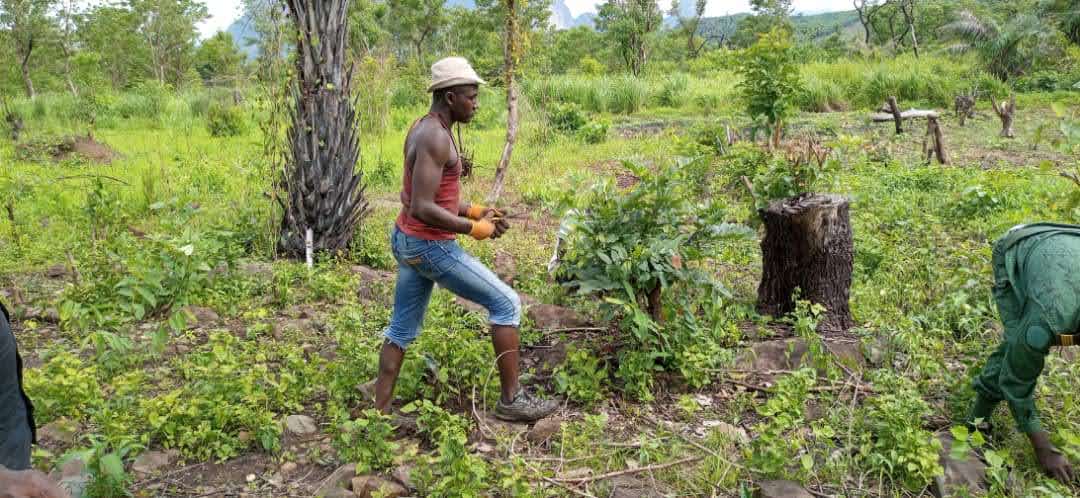
Ethiopia, Africa’s oldest independent country, hosts two biodiversity hotspots, the Horn of Africa and the Eastern Afromontane, providing a major food source for the local populations.
Excessive logging operations for cooking fuel and construction purposes have, however, made way for crop and grazing lands.
Treeapp’s main objective of planting trees in Shebedino is to restore the original forest cover in order for the local population to continue their agroforestry, farming and beekeeping activities.
The income from tree-planting changes the lifestyle of our planters. Women in Ethiopia, for example, use the money to pay for school, extending the years these women stay in education.
Check out our site!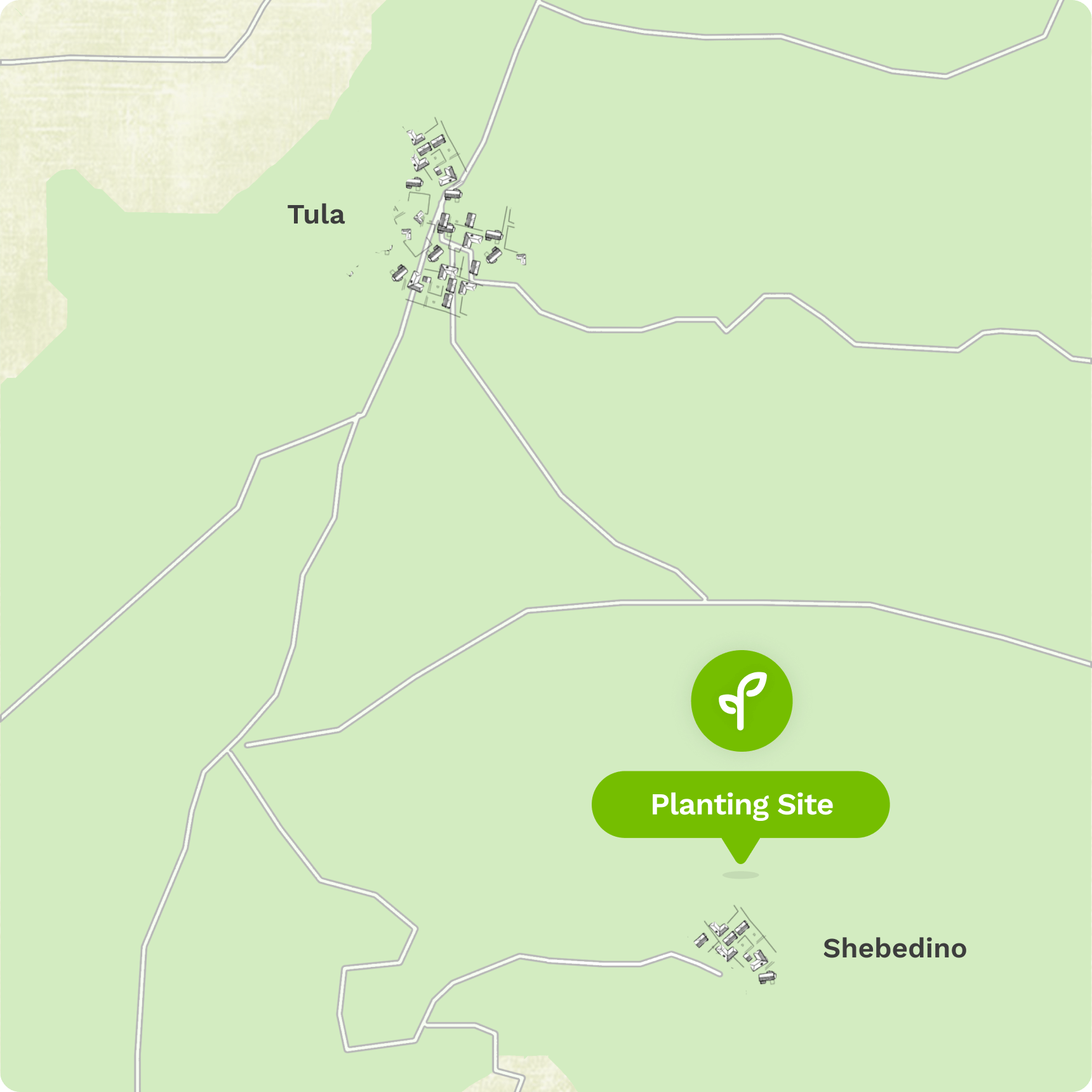
 Bees
Bees
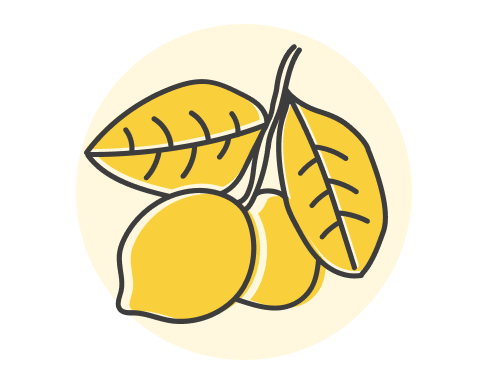 Lemon Tree
Lemon Tree
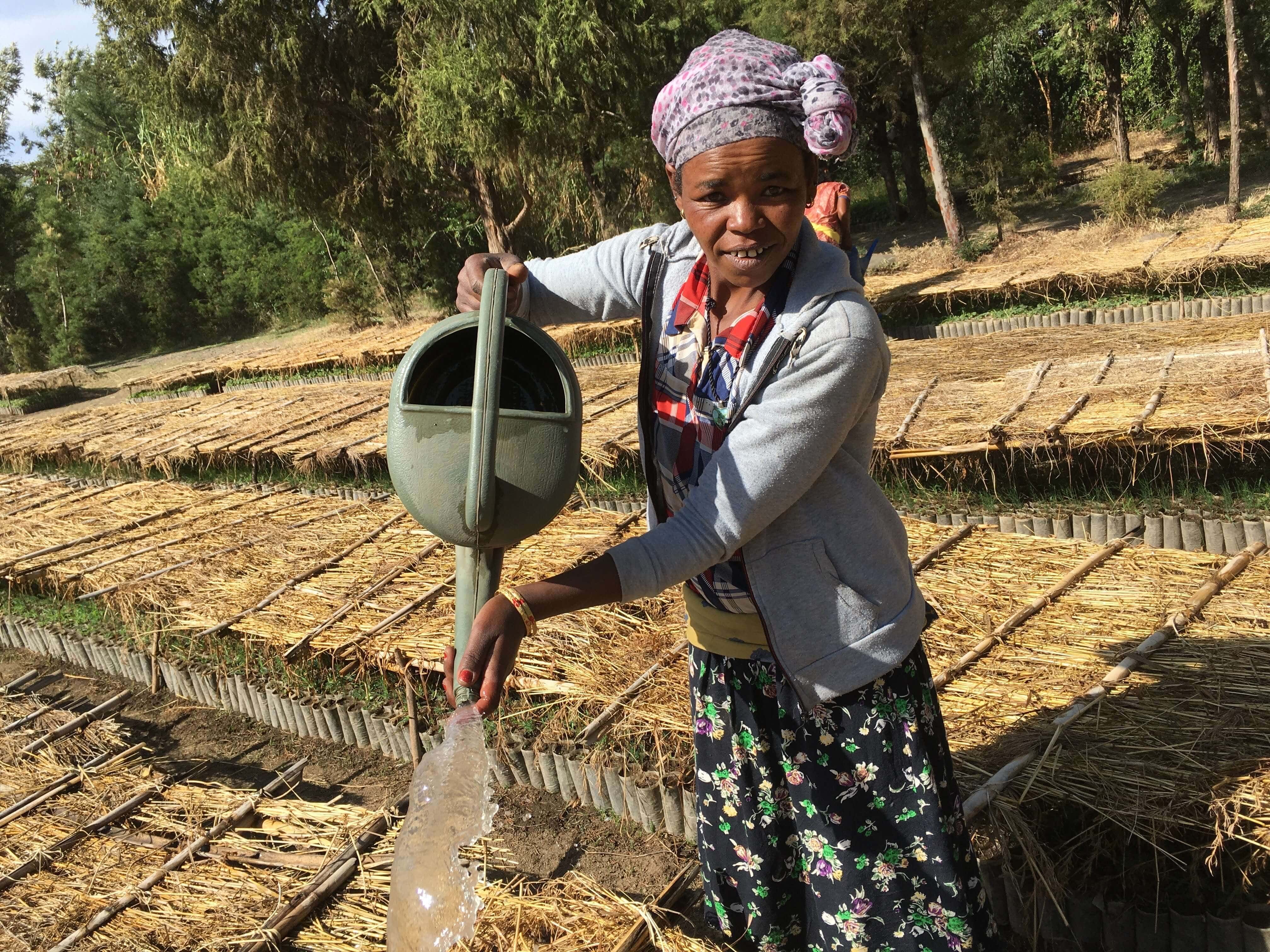
Tanzania is a country in Eastern Africa known for its two biodiversity hotspots, the Coastal Forests and the Eastern Afromontane.
As woodlands still provide the main source of the country’s energy consumption, the forest cover continues to recede by approximately 1% every year, which is twice the global average.
Our projects in Tanzania promote sustainable reforestation in order to restore fragmented habitats. Tree species planted here include the Jacaranda, the African Tulip and the Fig tree.
Check out our site!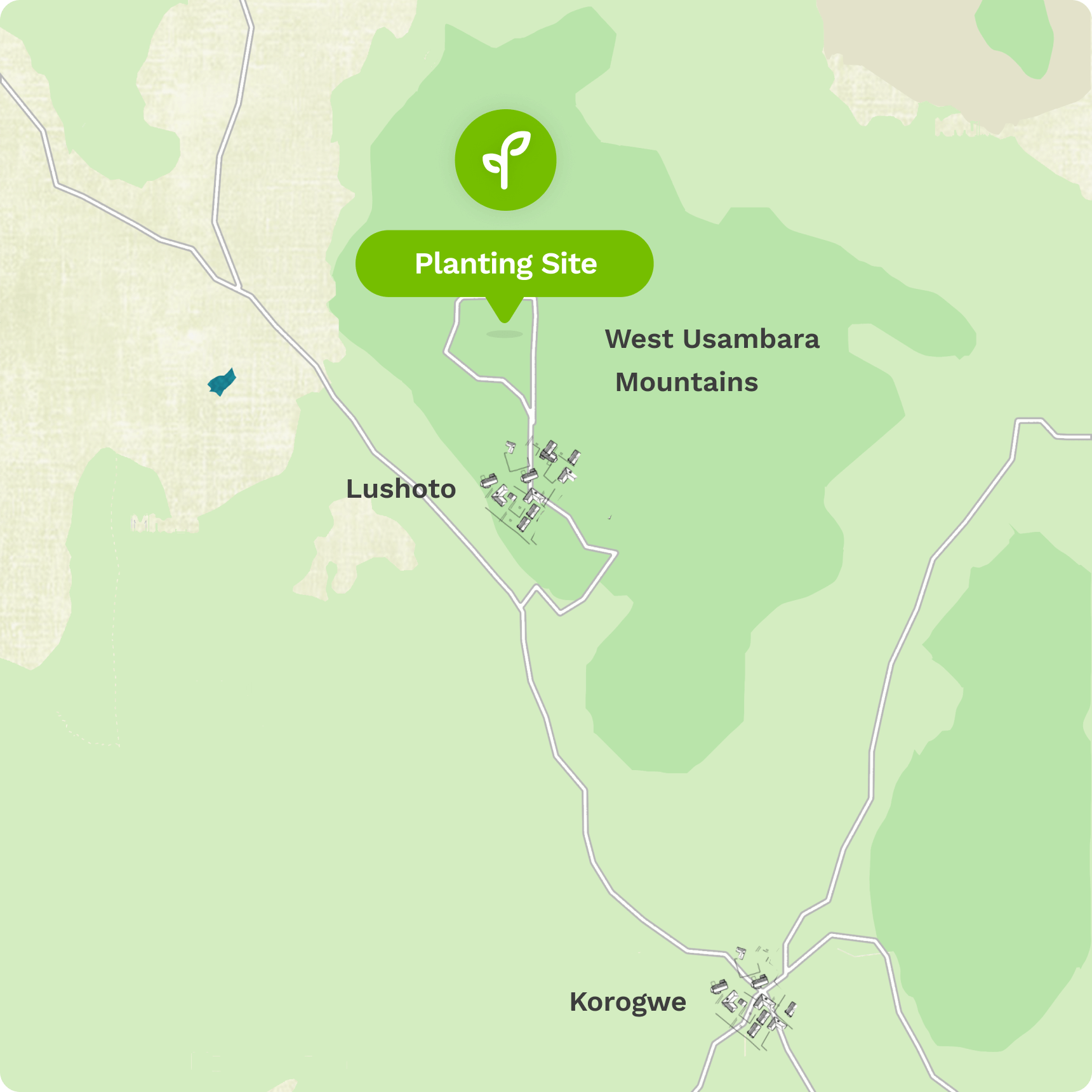
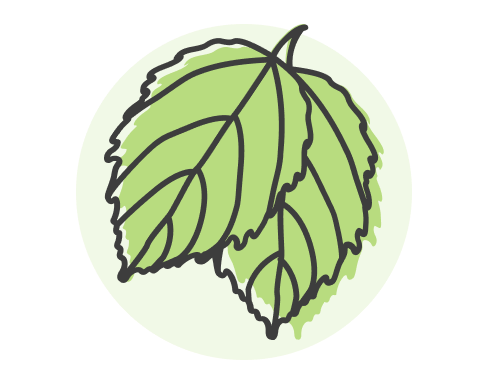 Ficus Sur
Ficus Sur
 Makhamea Lutea
Makhamea Lutea
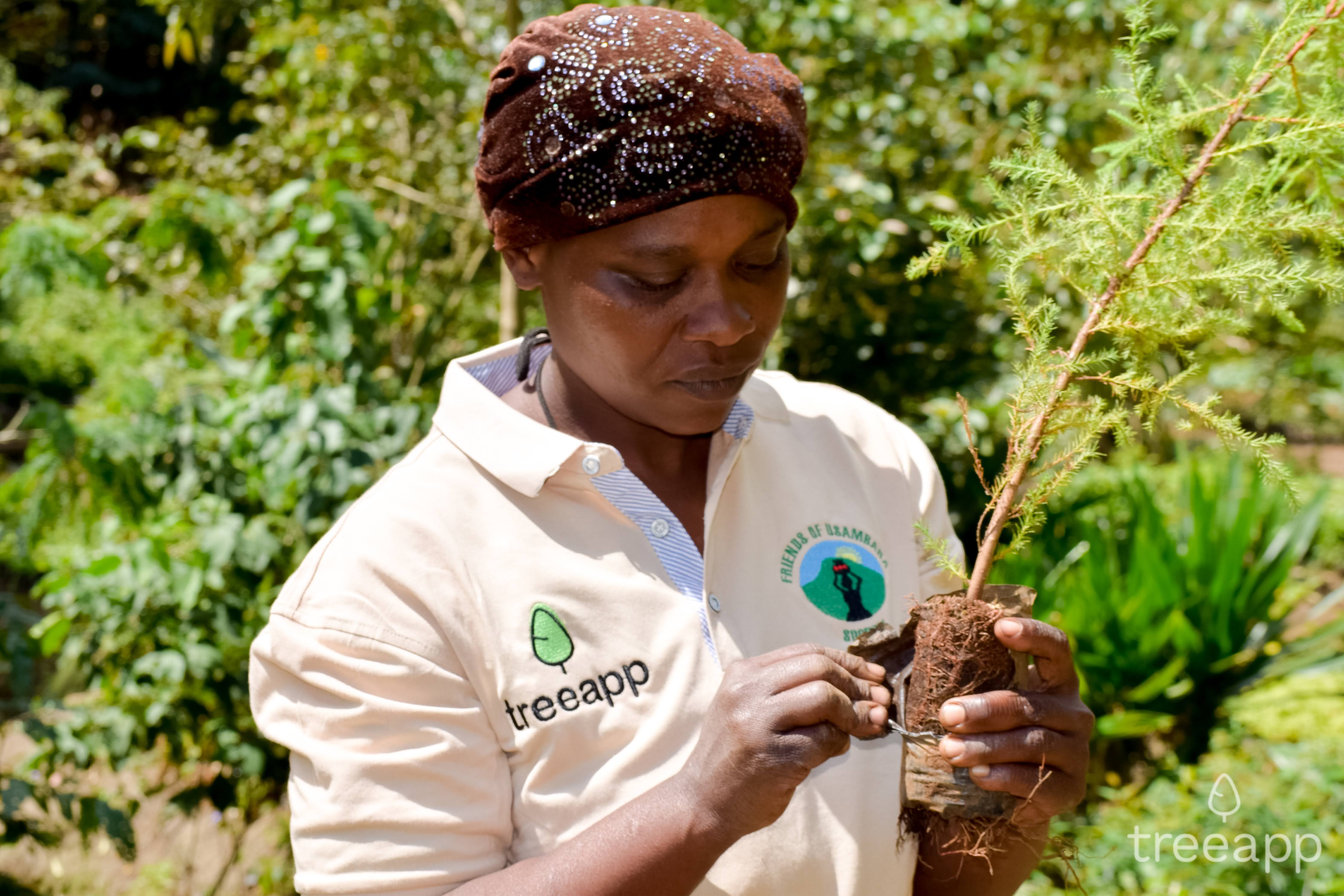
Burundi is a landlocked country located on the equatorial highlands of east-central Africa.
One of the poorest countries in the world, almost half of its forest have been cut down in order to sustain the Burundian population.
Restoring woodlands is crucial in order to protect communities from further land degradation. The planting projects in the east and west of the country enable locals to cultivate food crops and regrow vital woodlands including degraded bamboo and pine tree forests.
Check out our site!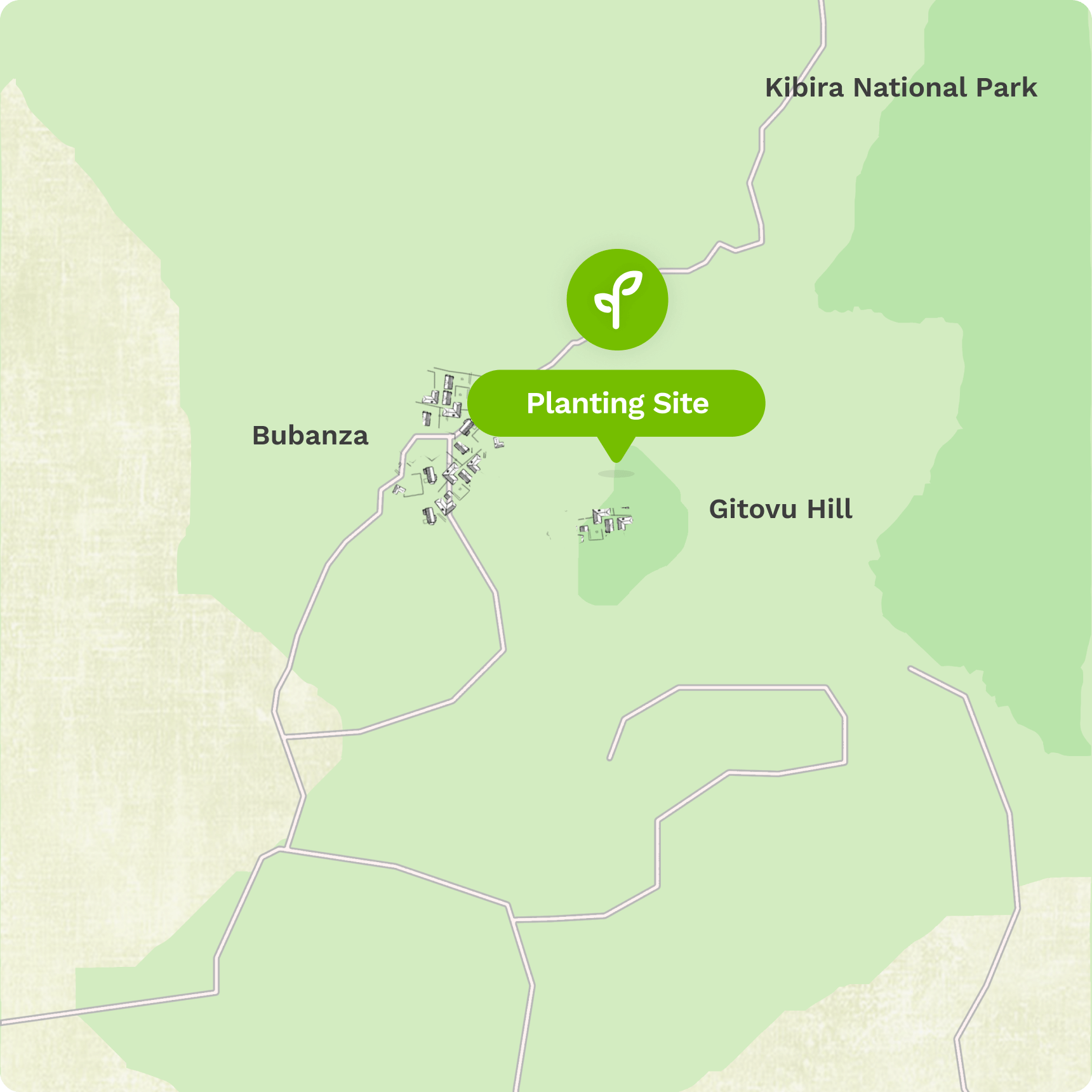
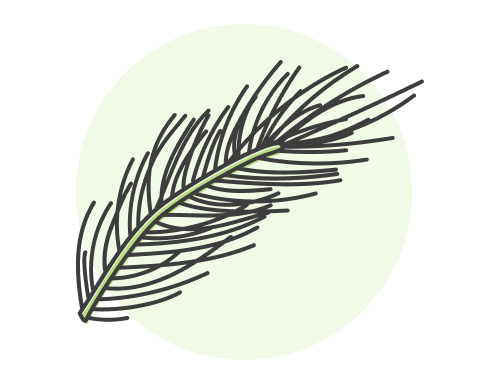 Pine Tree
Pine Tree
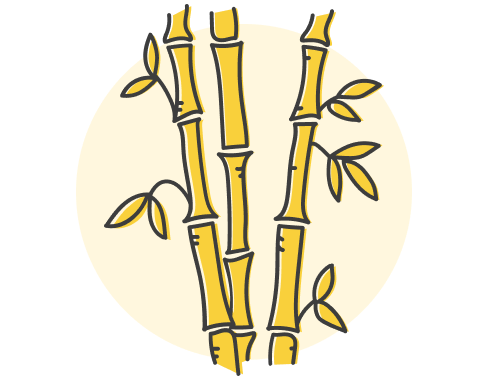 Bamboo
Bamboo
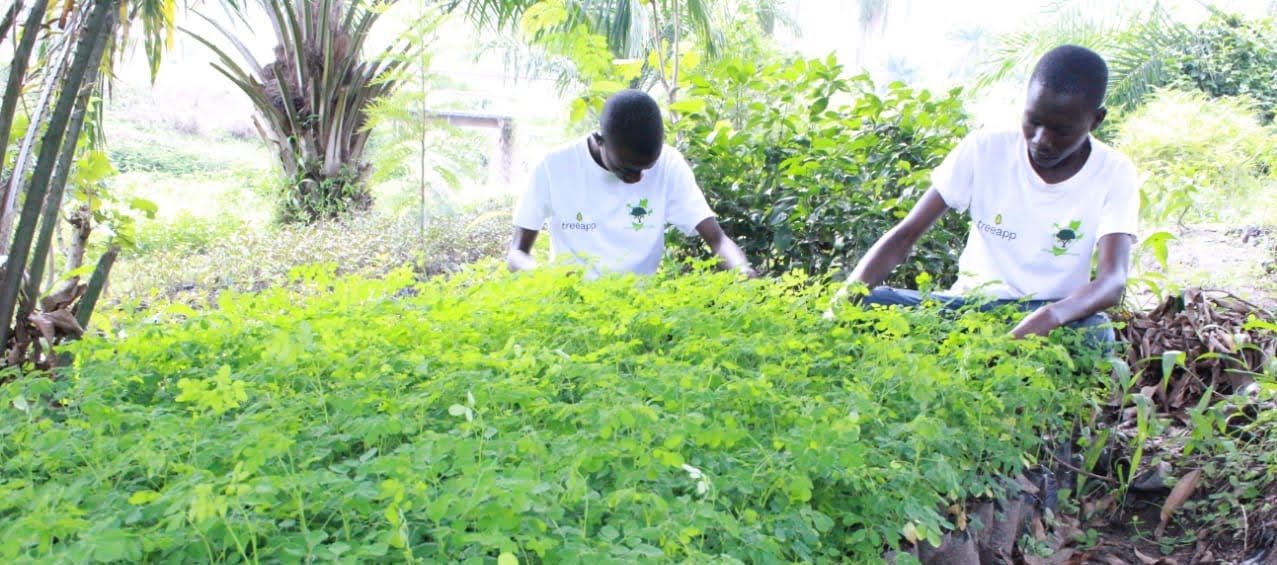
Mozambique, bordering the western Indian Ocean, has experienced large-scale deforestation in recent decades as a result of urban expansion.
From 2001 to 2023, Mozambique lost 4.30 million hectares of tree cover, destroying ecosystems and displacing local wildlife.
Particularly the loss of mangrove trees has made communities vulnerable to environmental disasters. For this reason, our planting projects in the south of Mozambique rehabilitate the coastal area, combating soil erosion and simultaneously improving the health of coral reefs.
Check out our site!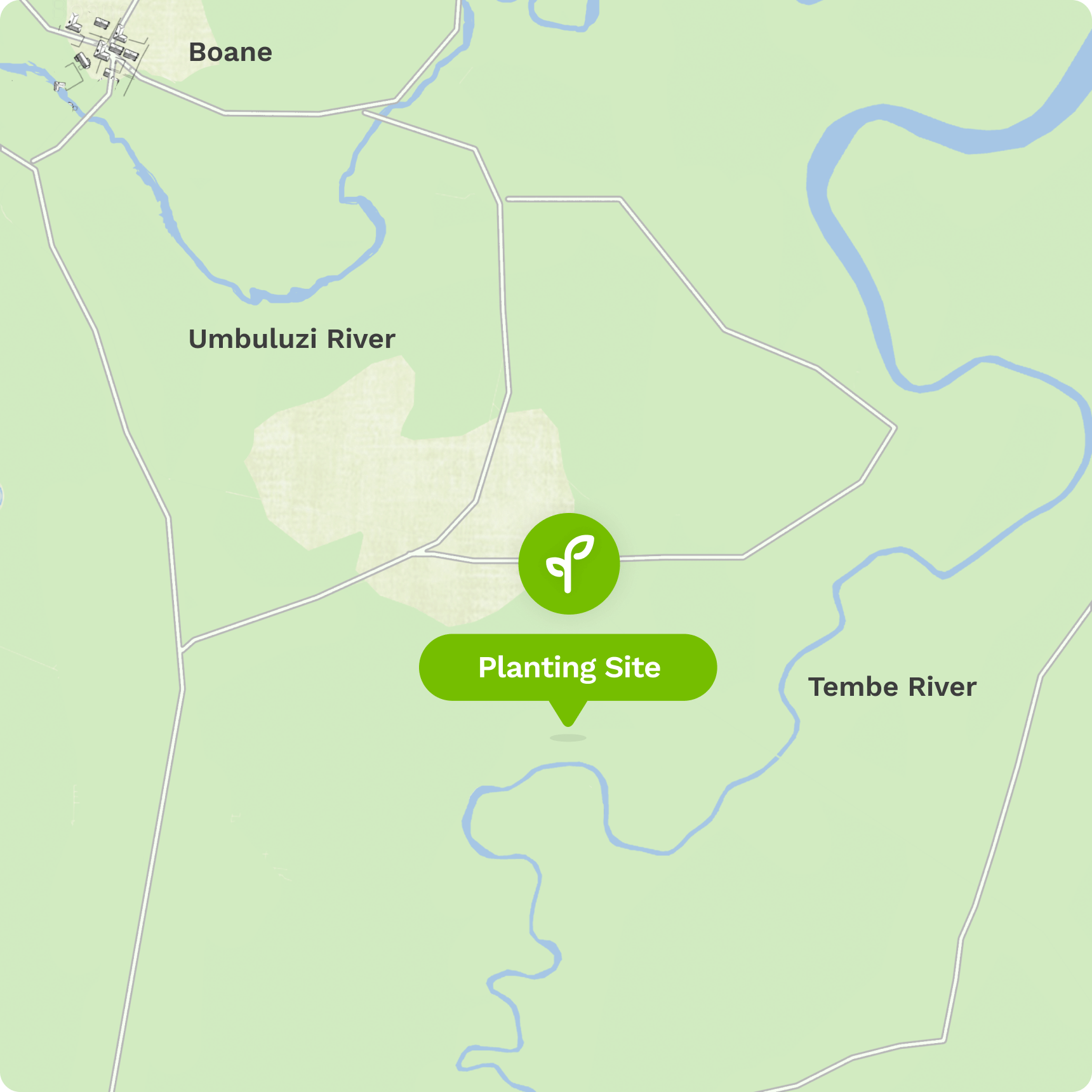
 Fisheries
Fisheries
 Mangrove
Mangrove
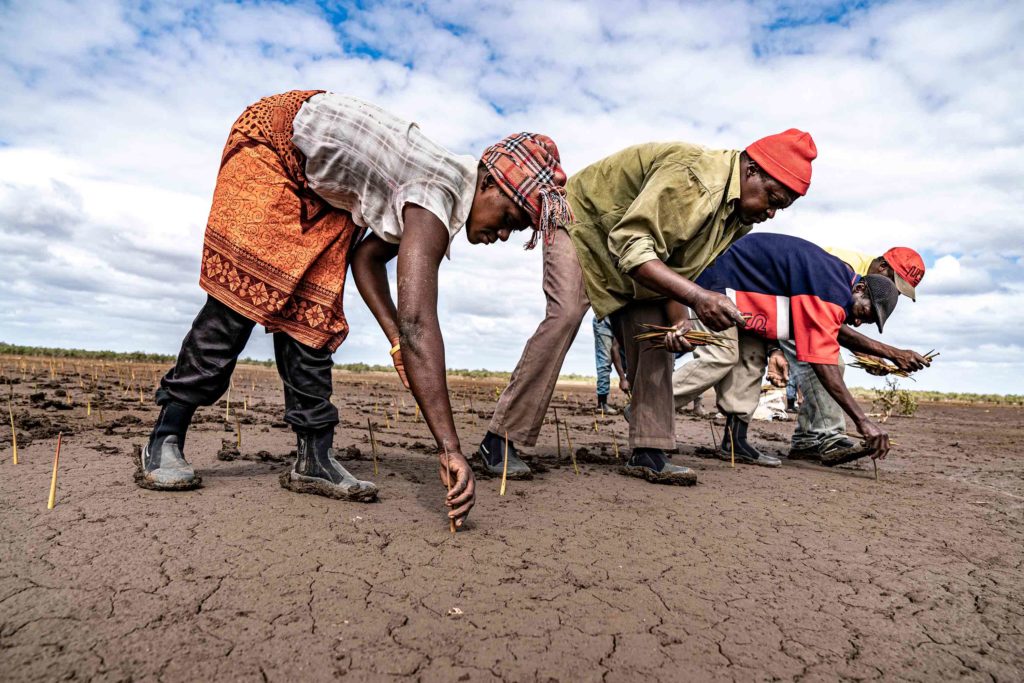
Madagascar is the world’s fourth largest island, famous for its colossal baobab trees and colourful wildlife.
Yet, over 80% of forests have been cut down to gain land for agricultural purposes and timber exports. The restoration of forests is urgent in order for displaced aquatic and terrestrial species to be able to return to their habitat.
For Treeapp’s largest project to date, over 20 species of dry deciduous trees have been planted on the mainland, whilst mangrove swamps are regenerated along the shoreline.
Check out our first and second sites!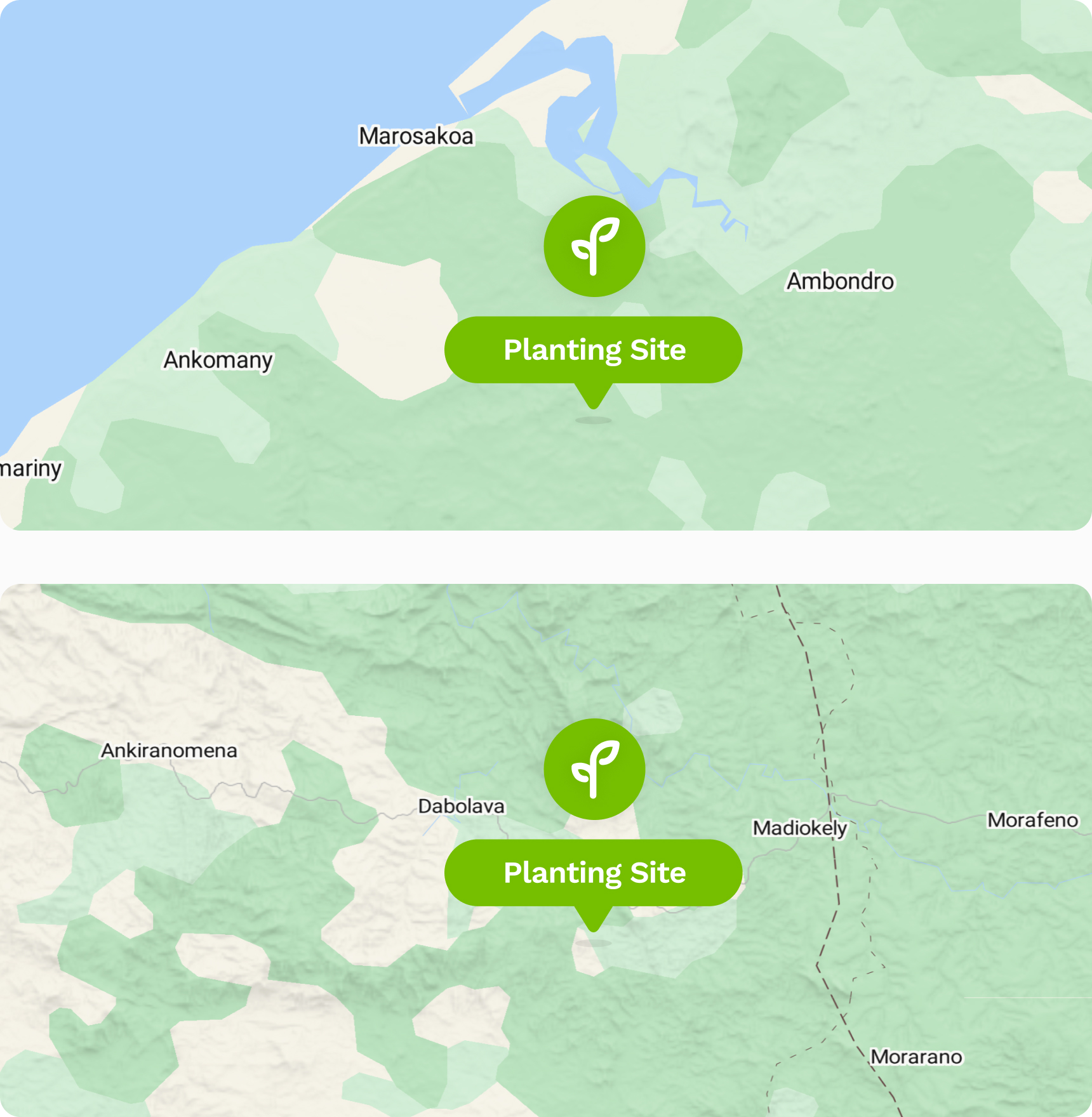
 Lemur
Lemur
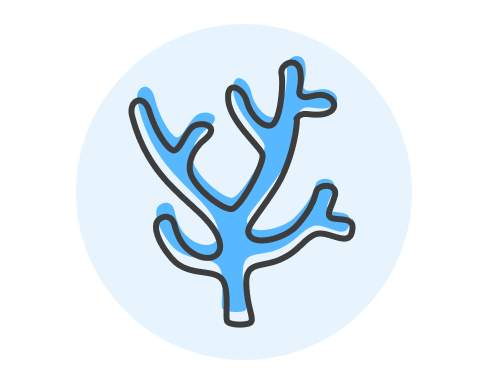 Local Corals
Local Corals
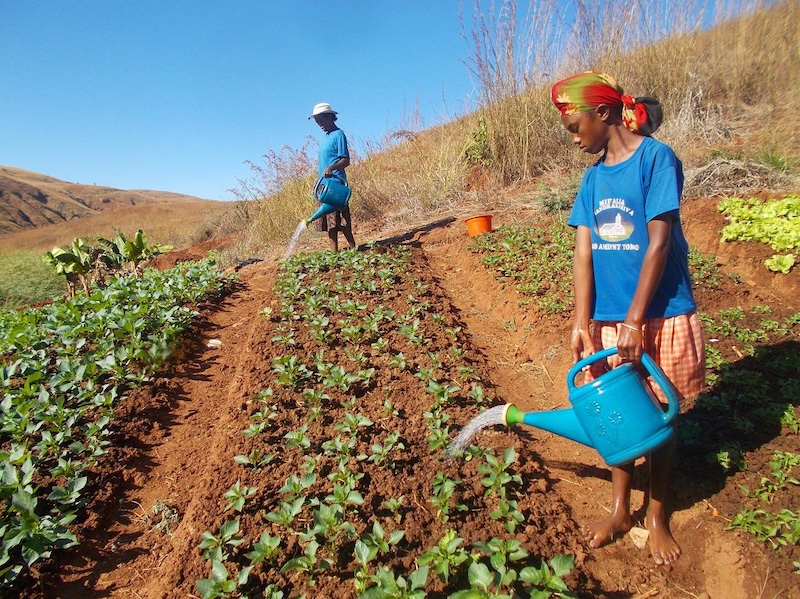
Kenya in the East of Africa is home to varied climates across the savannah, its mountainous region and the lush forests of the Great Rift Valley.
Large-scale deforestation has made the varying microclimates more severe, acutely affecting agricultural output.
Our tree planting partner Trees for Kenya collaborate with local communities, Community Forest Associations, and the Kenya Forest Service to restore degraded forest lands. Their efforts also support farmers in planting trees for food, nitrogen balance and soil improvement, as well as involve schools in tree planting initiatives.
Check out our site!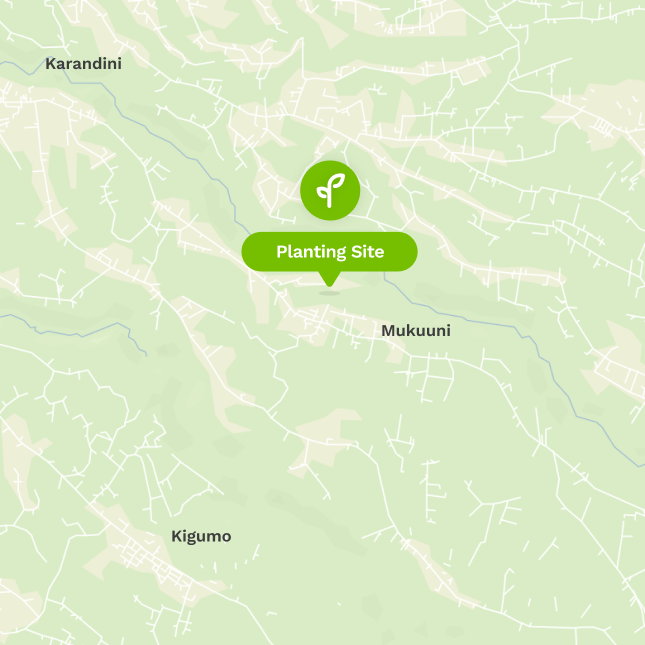
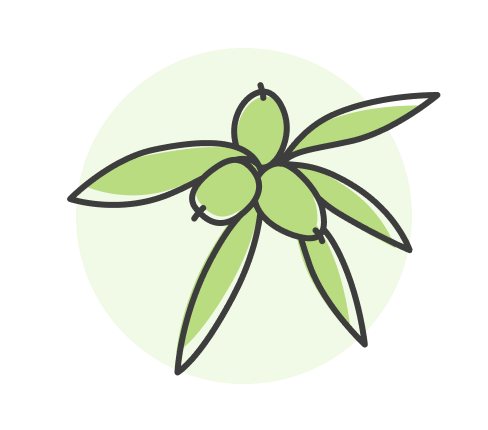 Olive Tree
Olive Tree
 Cape Chestnut
Cape Chestnut
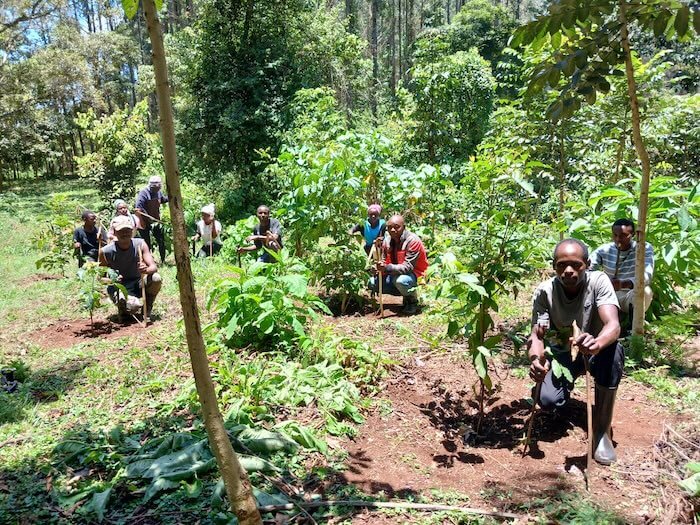
Nepal is home to eight of the world’s ten tallest mountains, including Mount Everest, the highest point on earth.
Its subalpine forested hills are thinning as a result of climate and environmental change and human-induced land degradation such as the overharvesting of fuelwood. As well as impacting biodiversity, this has led to a soil instability and a decline in water levels.
Our reforestation projects in the mountainous regions of Tumling plant a range of species including the Hispaniolan Oak tree, home to the red panda. This contributes to a sustainable and protected habitat for red pandas in the Himalayas, and provides essential ecosystem services for local communities.
Check out our site!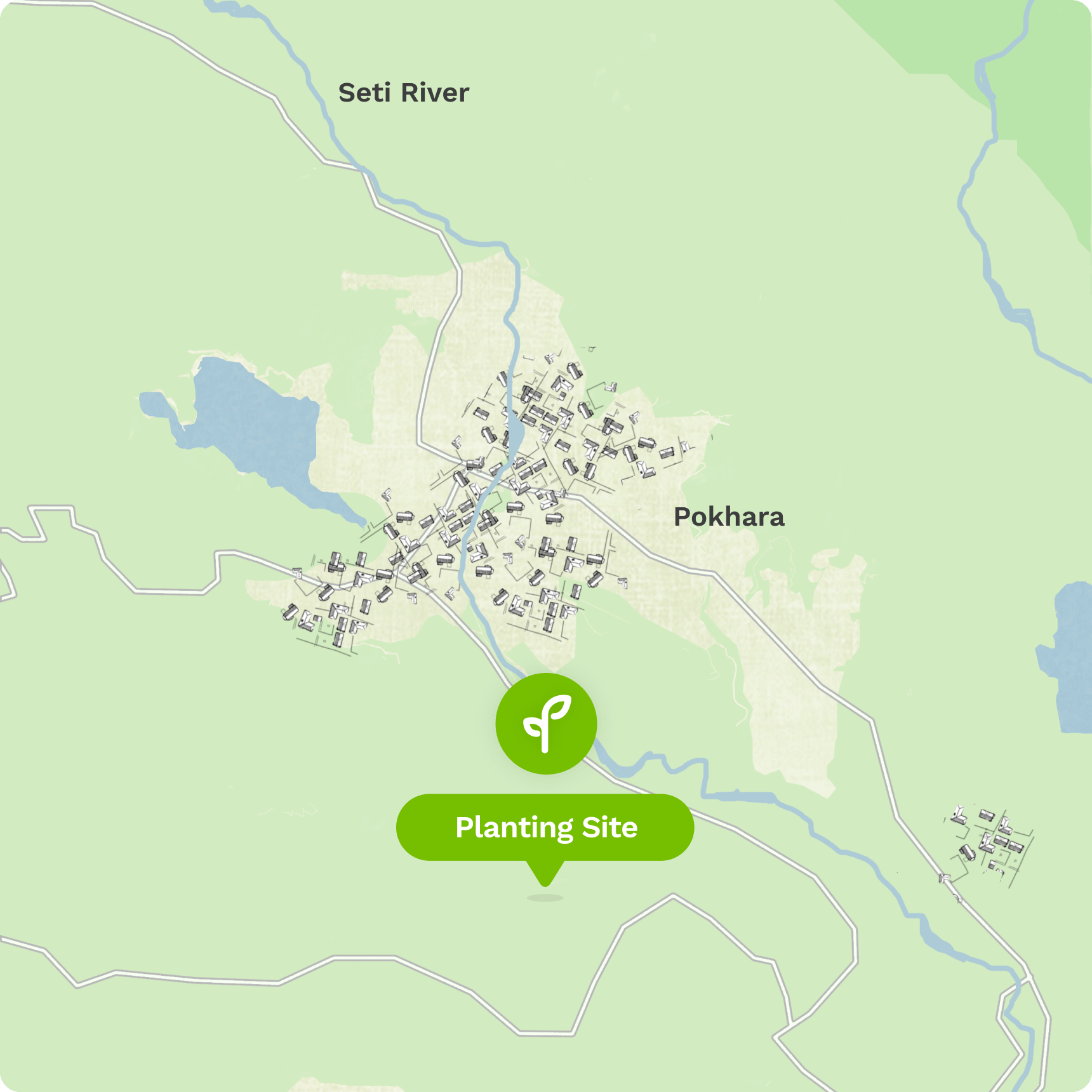
 Bombax Ceiba
Bombax Ceiba
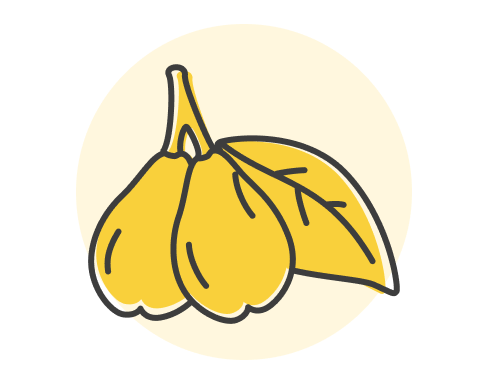 Terminalia Chebula
Terminalia Chebula
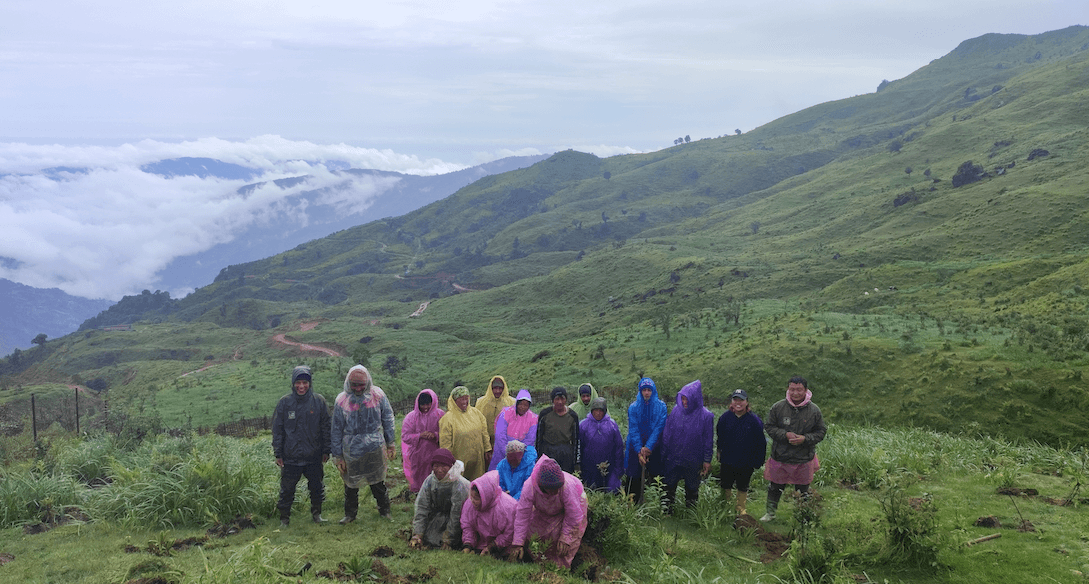
Indonesia consists of more than seventeen thousand islands, ranking the country the 4th most populous in the world.
Traditional fishermen rely on wetlands all around the islands in which mangroves, coral reefs and seagrass flourish.
And yet, Indonesia has lost over 40% of its mangrove forests. Treeapp is working towards rehabilitating aquatic ecosystems and protecting villages from flooding on the Lombok island by planting mangroves along shorelines. Check out our site!
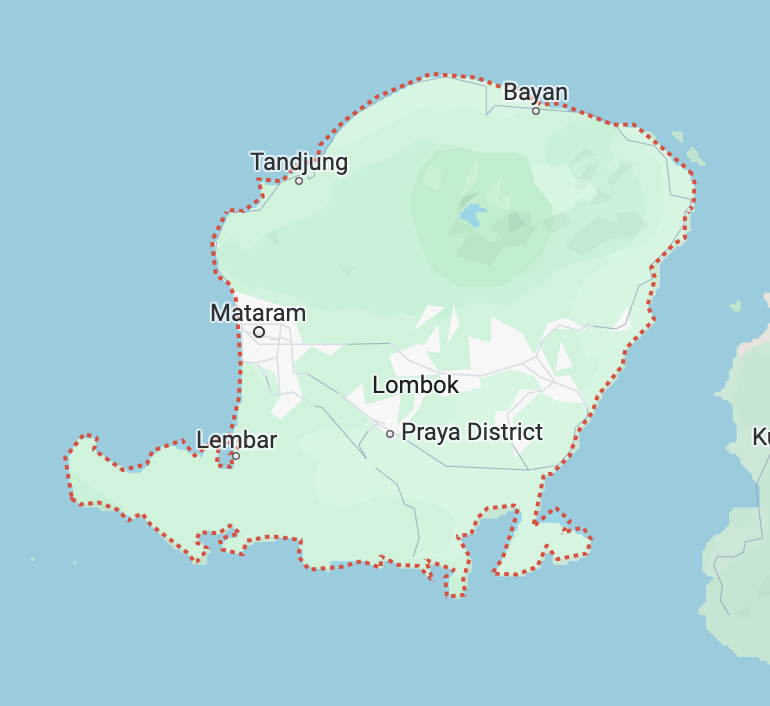
 Local Corals
Local Corals
 Mangrove
Mangrove
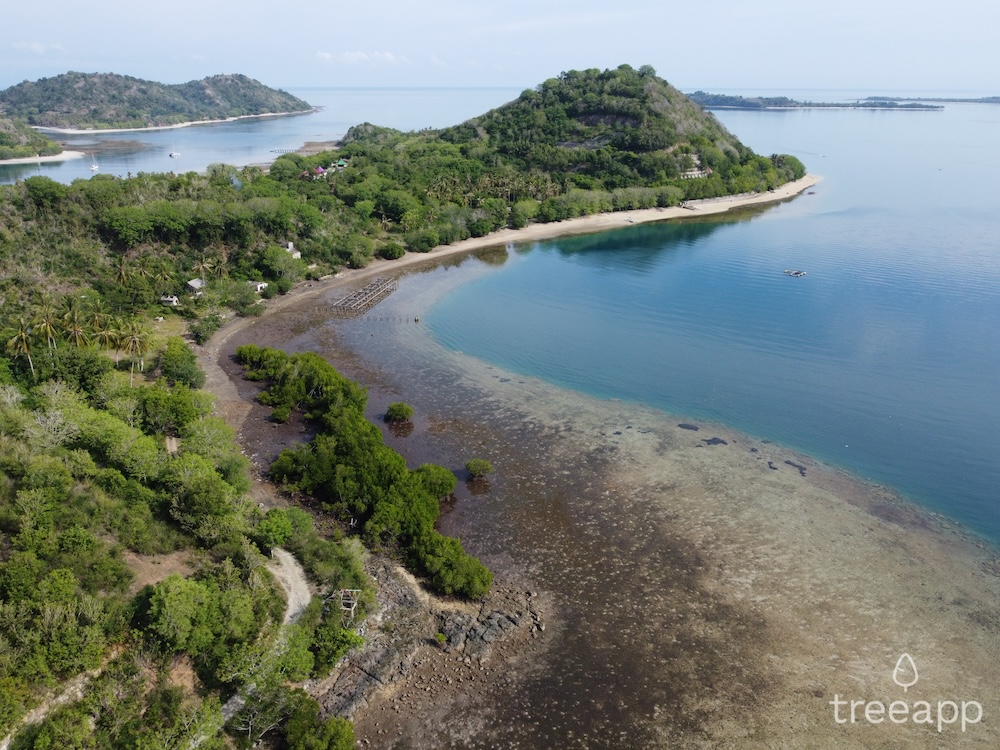
Nowadays, only 13% of Britain’s land surface is wooded. This is extremely low in comparison to other European countries. At the same time, hundreds of woods are under threat of destruction in the UK.
Moreover, the biodiversity of the land’s forests is also stably decreasing over time. Bird indicators, essential markers of biodiversity, continue to sink.
With our projects in the UK, we aim to re-green the land and attract wildlife, sequester carbon and build resilience by extending existing forests and reintroducing native tree species in degraded areas.
Check out our site!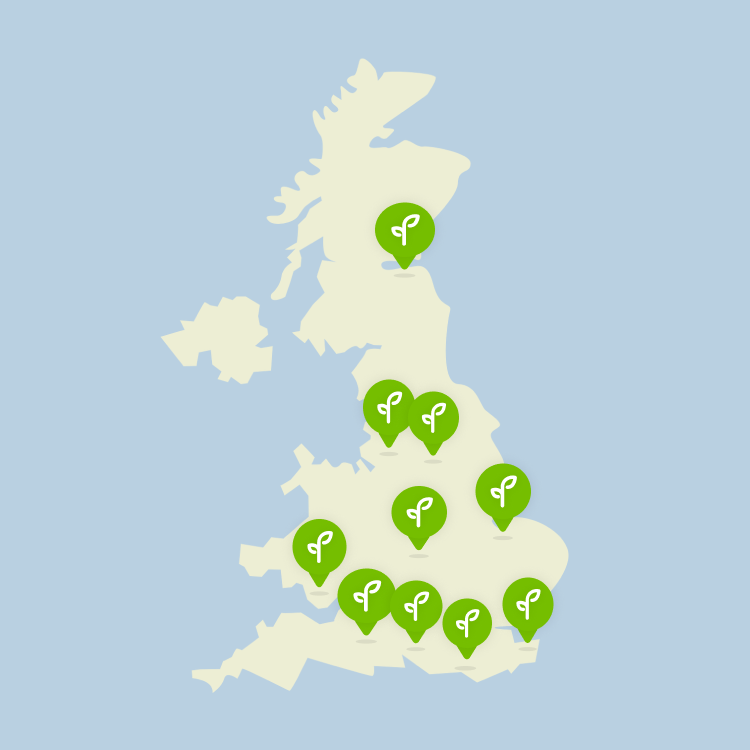
 English Oak
English Oak
 Hawthorn
Hawthorn
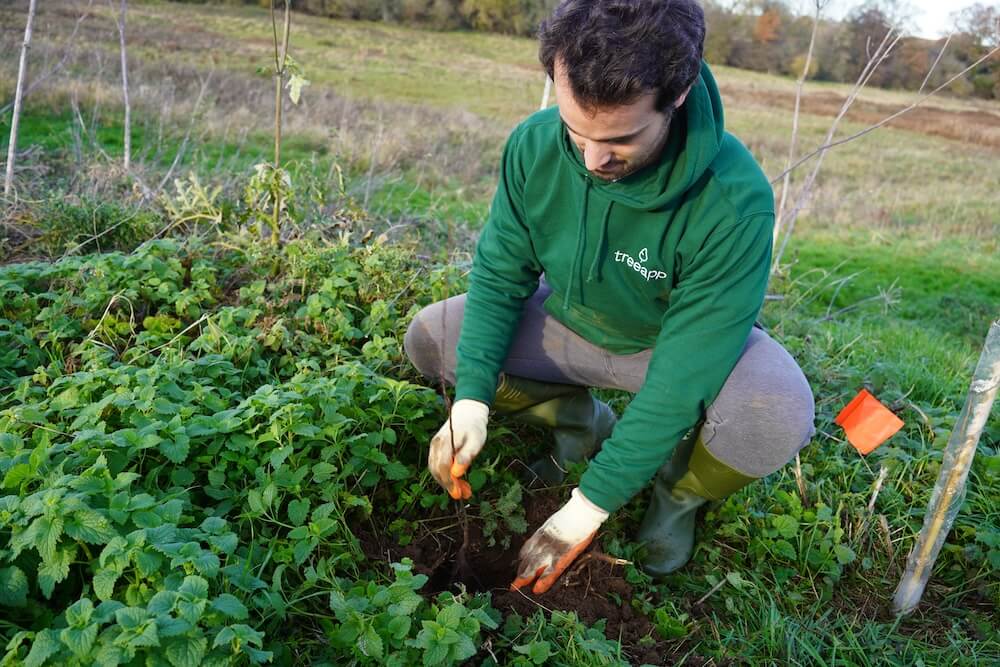
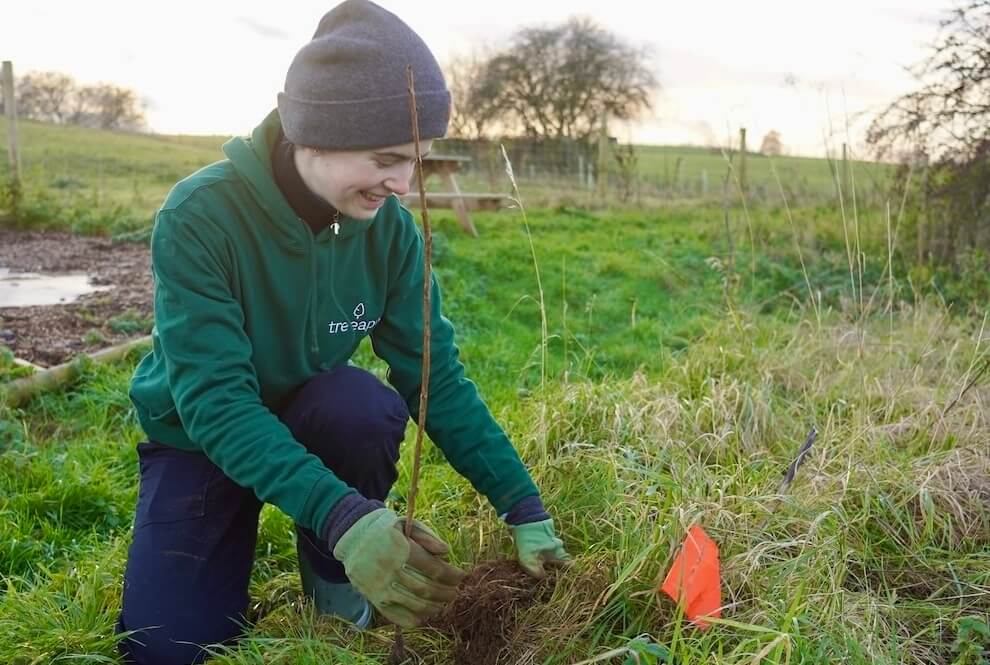
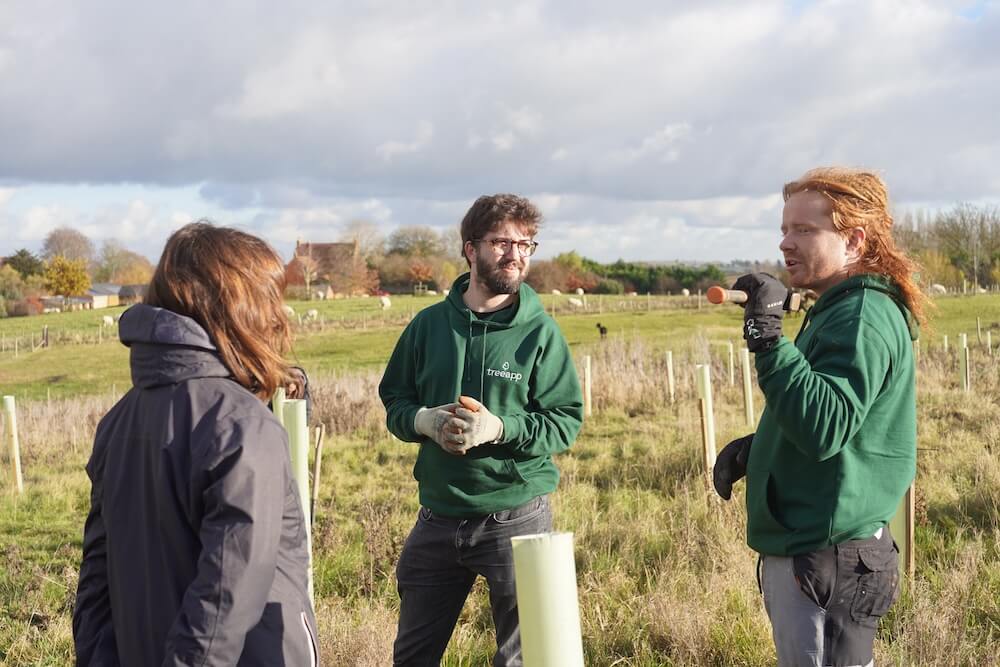
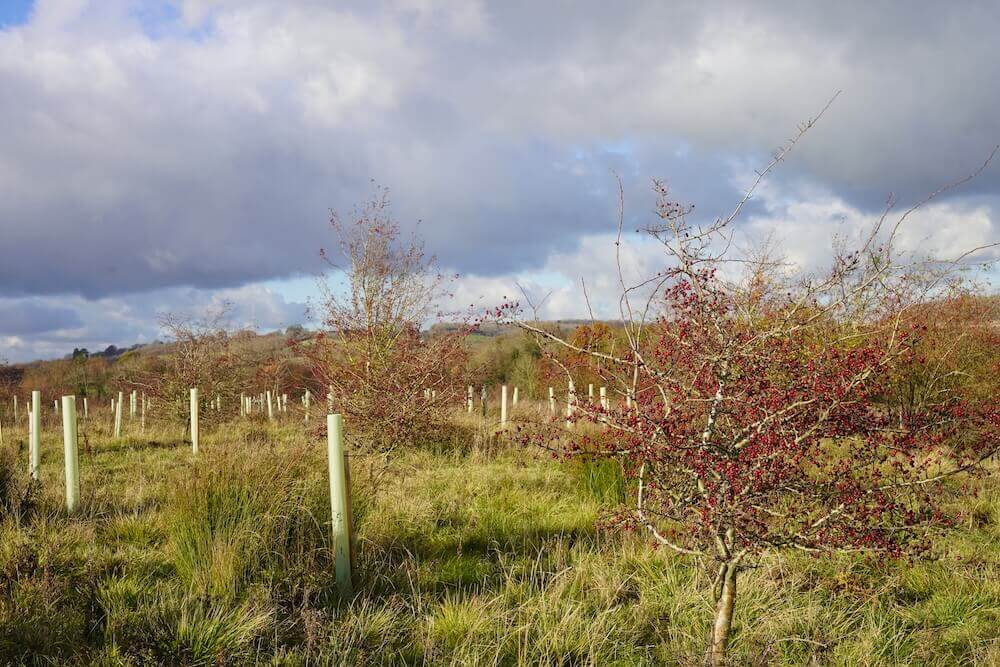
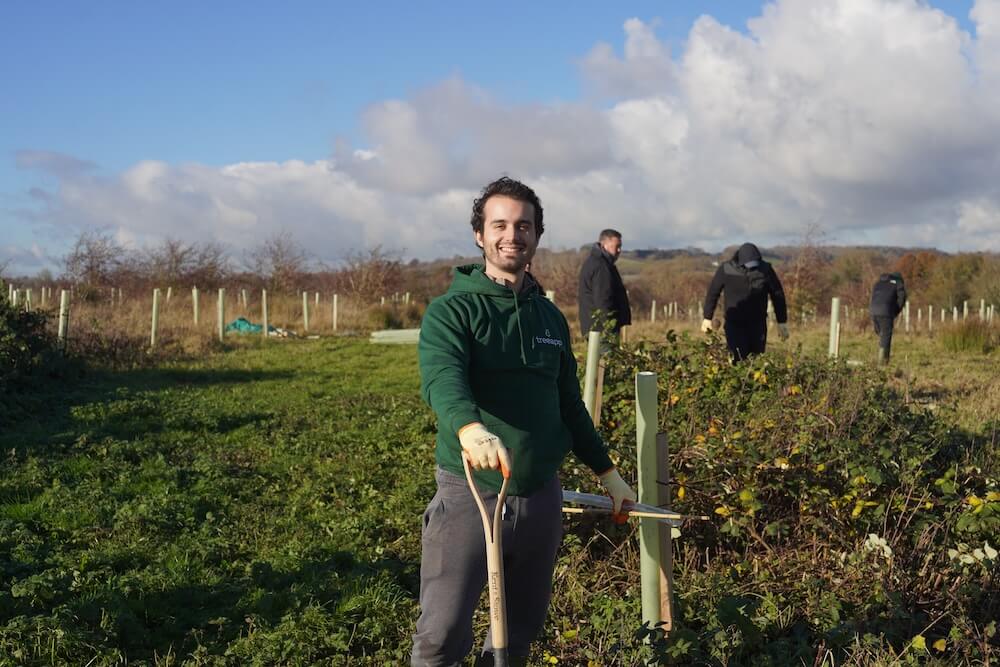
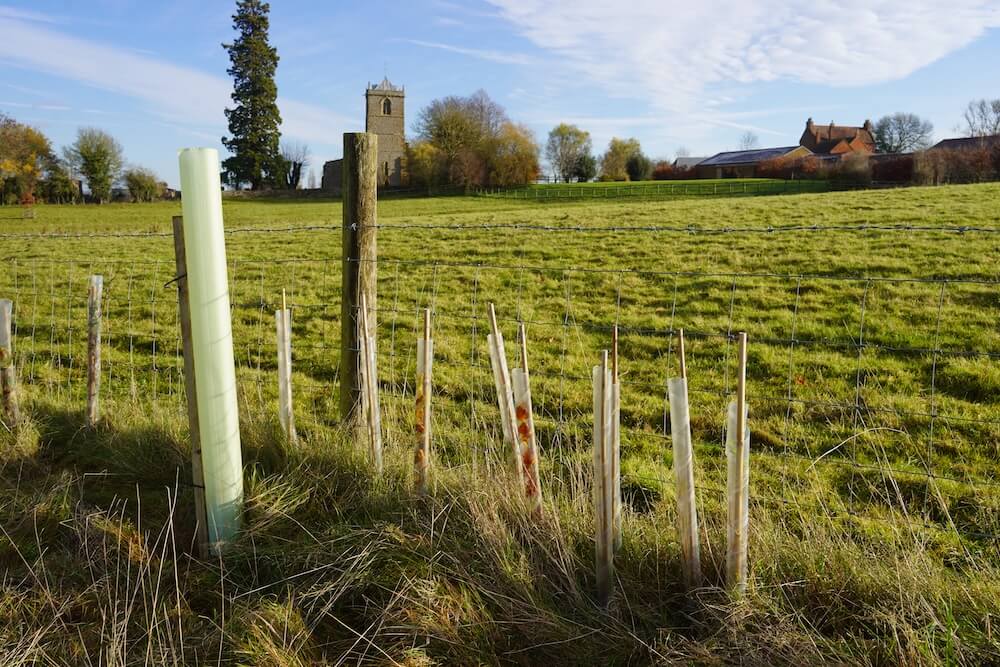
Plant trees for your company in our local sites!
Contact us at hello@thetreeapp.org
Check out our 2024 Impact Report to see how we have made our mark and what we are planning next!
Take a look

Treeapp retires carbon credits on behalf of yourself or your organization. Receive your carbon credit certificate and share your impact.
Contact us